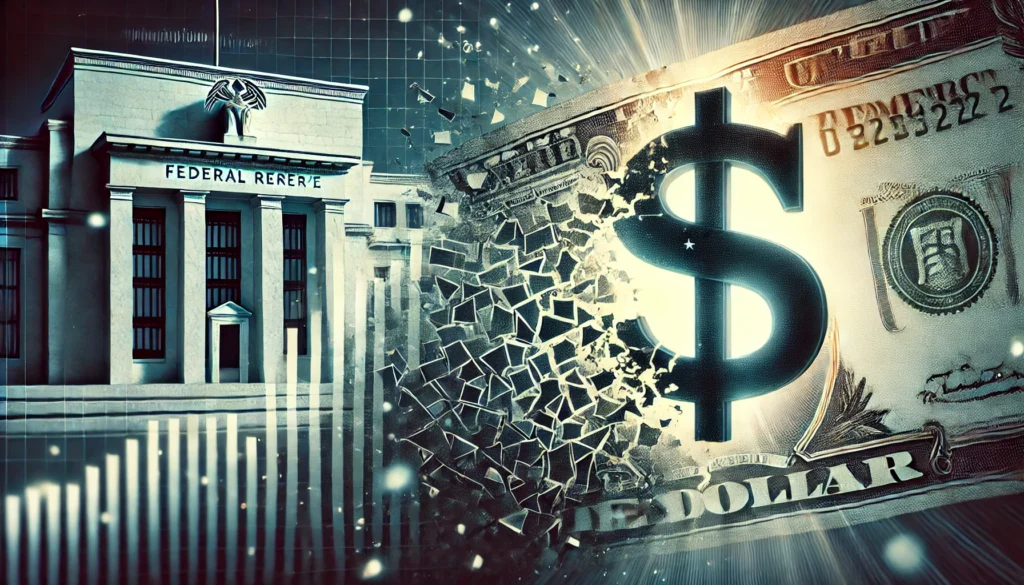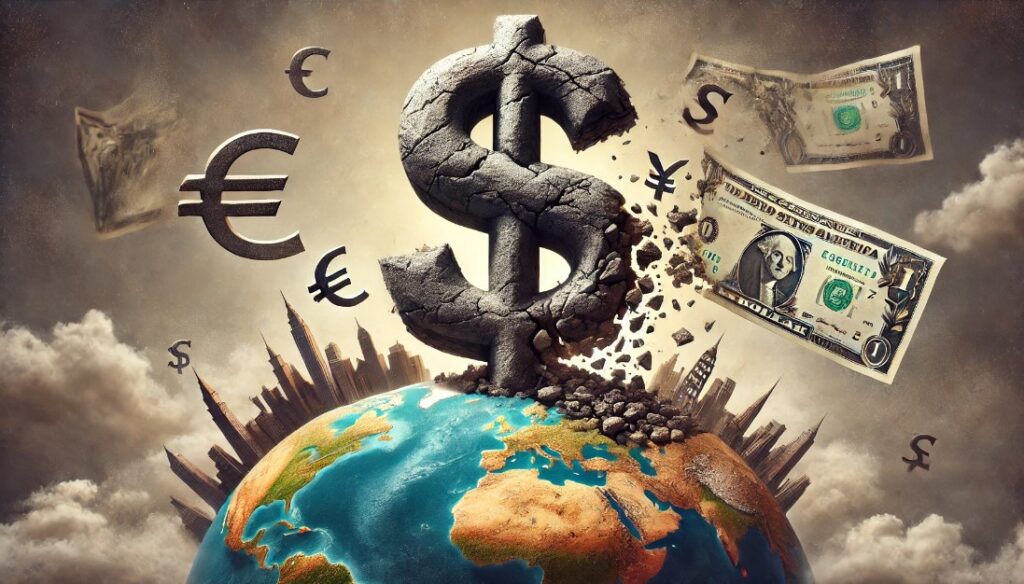The Birth of Central Banking: Hamilton’s First Bank Experiment
In 1791, the newly formed U.S. set up the First Bank, the largest corporation of its time, thanks to Alexander Hamilton’s vision. But farmers, wary of central power, resisted this idea, and the First Bank’s charter expired without renewal. The story didn’t end there. In 1816, a similar experiment took place with the Second Bank of the U.S., but Andrew Jackson, no fan of central banking, ensured its downfall 20 years later.
These early battles over centralized monetary control laid the groundwork for future financial struggles. Fast forward to 1913, and the Federal Reserve Act was enacted, creating the centralized system of control that would dominate America’s economy for over a century. But was this centralization good for the country?
The Fed Takes Over: America’s Dollar Begins to Decline
On December 23, 1913, everything changed with the passing of the Federal Reserve Act. The newly formed Fed and 12 major banks gained control over the U.S. monetary system. Since that day, the dollar has been on a steady decline. One simple chart tells the story: the U.S. dollar has lost 96% of its purchasing power since the Fed took over.
The Fed was supposed to keep inflation and unemployment in check, but the results show otherwise. Over the last two decades, its policies have created the illusion of control while leading to the slow erosion of the dollar’s value. Is the Fed really working in our best interest?
Behind the Fed’s Curtain: Who Really Benefits from Its Policies?
The Fed operates with a dual mandate: keeping inflation at 2% and maximizing employment. Sounds simple, right? But there’s more beneath the surface. Investigations have revealed that the Fed has quietly funneled trillions of dollars into Wall Street’s biggest banks through low-interest loans, without transparency.
For example, in 2019, the Fed secretly pumped out over $9 trillion to big banks. Why does this matter? The Fed’s actions directly benefit these institutions while regular Americans are left dealing with rising inflation and stagnant wages. The real story? The Fed props up the wealthy while claiming to protect the little guy.
The Wealth Effect: How the Fed’s Policies Make the Rich Richer
Former Fed Chair Ben Bernanke once said that boosting asset prices would increase wealth and confidence, driving the economy forward. This idea, known as the “wealth effect,” sounds good in theory. But who really benefits? The rich. A chart comparing the wealth distribution shows how the Fed’s policies overwhelmingly help the wealthy, while average Americans are left behind.
The Fed’s obsession with boosting asset prices creates a dangerous cycle, inflating the wealth of a small group while ignoring the needs of the wider population. This imbalance is growing, and the Fed’s interventions are making it worse.
Inflation, Interest Rates, and the Dollar’s Descent
The Fed’s manipulation of interest rates and inflation has distorted the U.S. economy. Inflation, often called the “tax no one voted for,” keeps eating away at the dollar’s value. Each year, inflation quietly reduces purchasing power, and unless wages keep up, Americans are left struggling to keep pace.
The Fed’s continuous printing of money to keep the economy afloat is making things worse. Every new dollar in circulation dilutes the value of the dollars you already have. If inflation isn’t under control, how can Americans protect their wealth? It’s time to explore alternatives like precious metals, which aren’t subject to the Fed’s endless printing.
Is the Dollar Doomed? The Case for Precious Metals
With inflation spiraling and the dollar’s purchasing power tumbling, more people are looking for alternatives. Precious metals, like gold and silver, hold their value and can offer protection from the Fed’s constant money printing. Unlike fiat currency, metals can’t be conjured out of thin air.
If you’re concerned about your savings and the future of the dollar, it’s time to consider diversifying into assets that aren’t controlled by the Fed. Gold and silver have stood the test of time, offering a stable way to safeguard your wealth from economic uncertainty.



